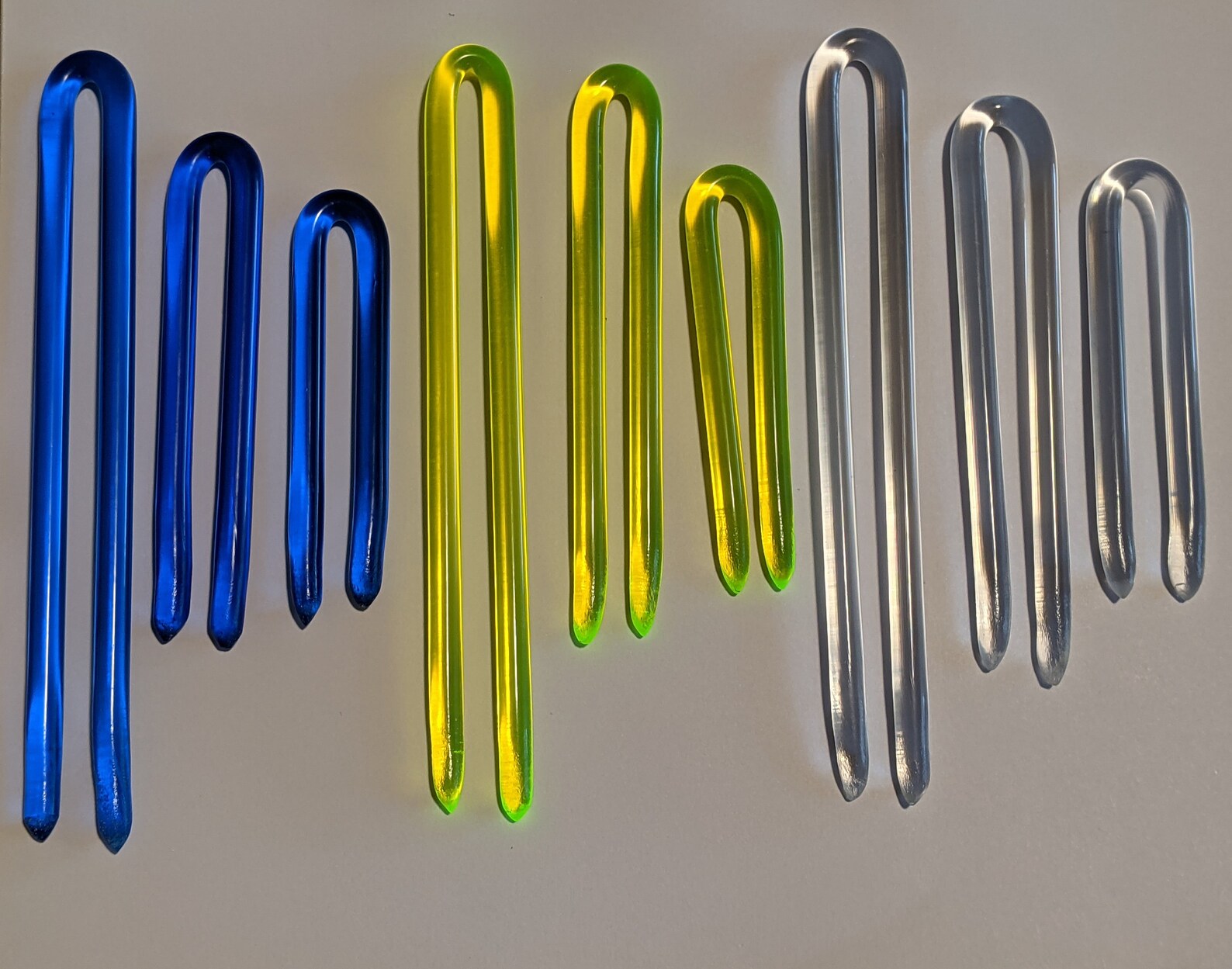

This practice indicated that these young women could now enter into marriage. When they turned fifteen, they could be considered as young women after the ceremony, and they started to style their hair as buns secured and embellished by hairpins. Particularly, before the age of fifteen, girls did not use hairpins as they wore their hair in braids, and they were considered as children. This ceremony marked the coming of age of young women. In Han Chinese culture, when young girls reached the age of fifteen, they were allowed to take part in a rite of passage known as ji li ( Chinese: 筓禮), or " hairpin initiation". Furthermore, hairpins worn by women could also represent their social status. In ancient China, hairpins were worn by men as well as women, and they were essential items for everyday hairstyling, mainly for securing and decorating a hair bun. Hairpins (generally known as fa-zan Chinese: 髮簪) are an important symbol in Chinese culture. See also: Chinese hairpin Gold phoenix hairpin found in the Ming dynasty tomb of Prince Chuang of Liang (梁莊王, 1411–1441), 15th century. The kinks enable retaining the pin during normal movements.Ī hairpin patent was issued to Kelly Chamandy in 1925. The length of the wires enables placement in several designs of hairstyles to hold the nature in place. The finished pin may vary from two to six inches in last length. Some hairpins are a single straight pin, but modern versions are more likely to be constructed from different lengths of wire that are bent in half with a u-shaped end and a few kinks along the two opposite portions. The hairpin may be decorative and encrusted with jewels and ornaments, or it may be utilitarian, and designed to be almost invisible while holding a hairstyle in place. Major success came in 1901 with the invention of the spiral hairpin by New Zealand inventor Ernest Godward. Such hairpins suggest, as graves show, that many were luxury objects among the Egyptians and later the Greeks, Etruscans, and Romans. Hairpins made of metal, ivory, bronze, carved wood, etc. The creation of different hairstyles, especially among women, seems to be common to all cultures and all periods and many past, and current, societies use hairpins. The earliest evidence for dressing the hair may be seen in carved " Venus figurines" such as the Venus of Brassempouy and the Venus of Willendorf. It may be used simply to secure long hair out of the way for convenience or as part of an elaborate hairstyle or coiffure. A bobby pin or hair grip, a type of hairpin Hairpins (around 600 BC) A golden double-spiral-headed pin from Georgia (3rd millennium BC)Ī hairpin or hair pin is a long device used to hold a person's hair in place. For other uses, see Hairpin (disambiguation).


 0 kommentar(er)
0 kommentar(er)
